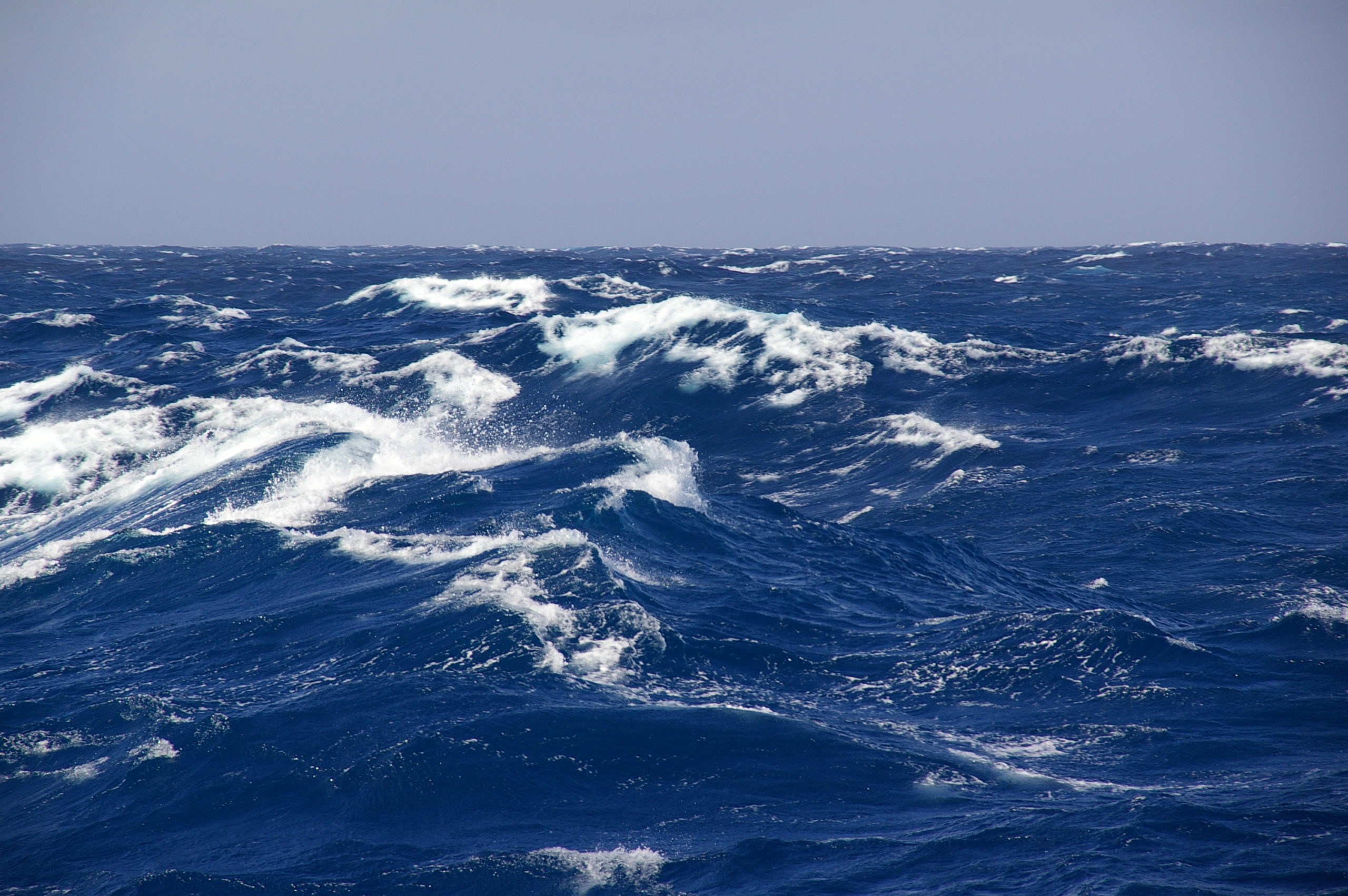
Bluelink
September 2, 2020
Ocean forecasting and reanalysis – We develop forecasting capabilities for ocean circulation on scales ranging from global eddy-scales, regional shelf-scales and littoral beach-scales, for the benefit of the Australian community.
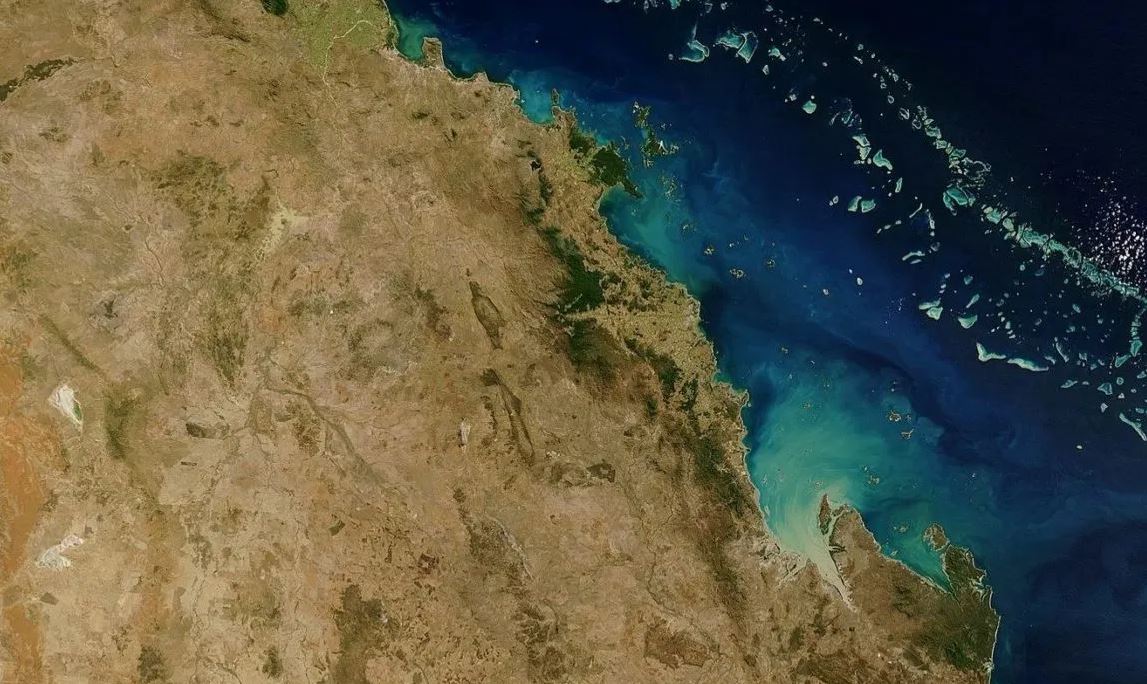
Aquatic Remote Sensing Team
July 28, 2020
We use In-situ and Satellite Earth Observation data across a wide range of spatial, spectral and temporal scales, to answer larger questions concerning physical processes driving sediment loads, eutrophication, primary production, marine and atmospheric pollution, carbon fluxes as well as water quality and benthic habitat dynamics.

Climate Compass
July 22, 2020
A climate risk management tool for organisations dealing with climate change risks.
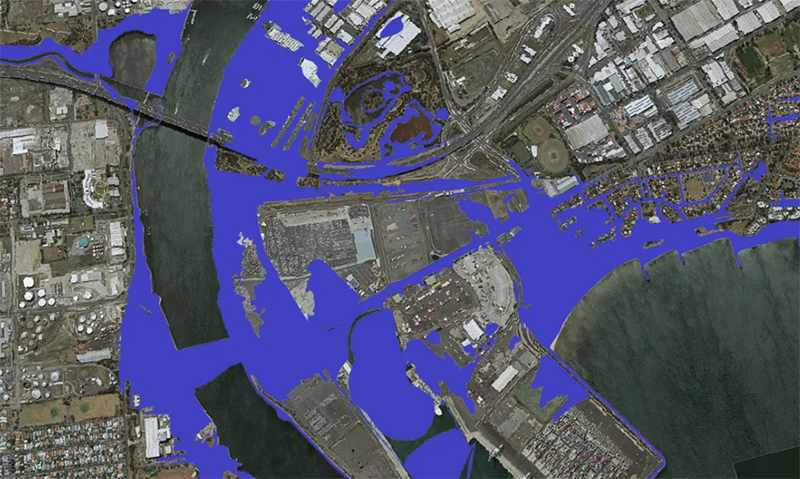
Climate and Hazard Risk Analytics Engine, INDRA
May 13, 2020
In a world with emerging uncertainty around environmental and climatic risk, the need to translate risks into impacts and adaptation opportunities at infrastructure scale is pertinent. There are challenges when it comes to comprehensively understanding the impacts of climate change on the sustainability of a business.
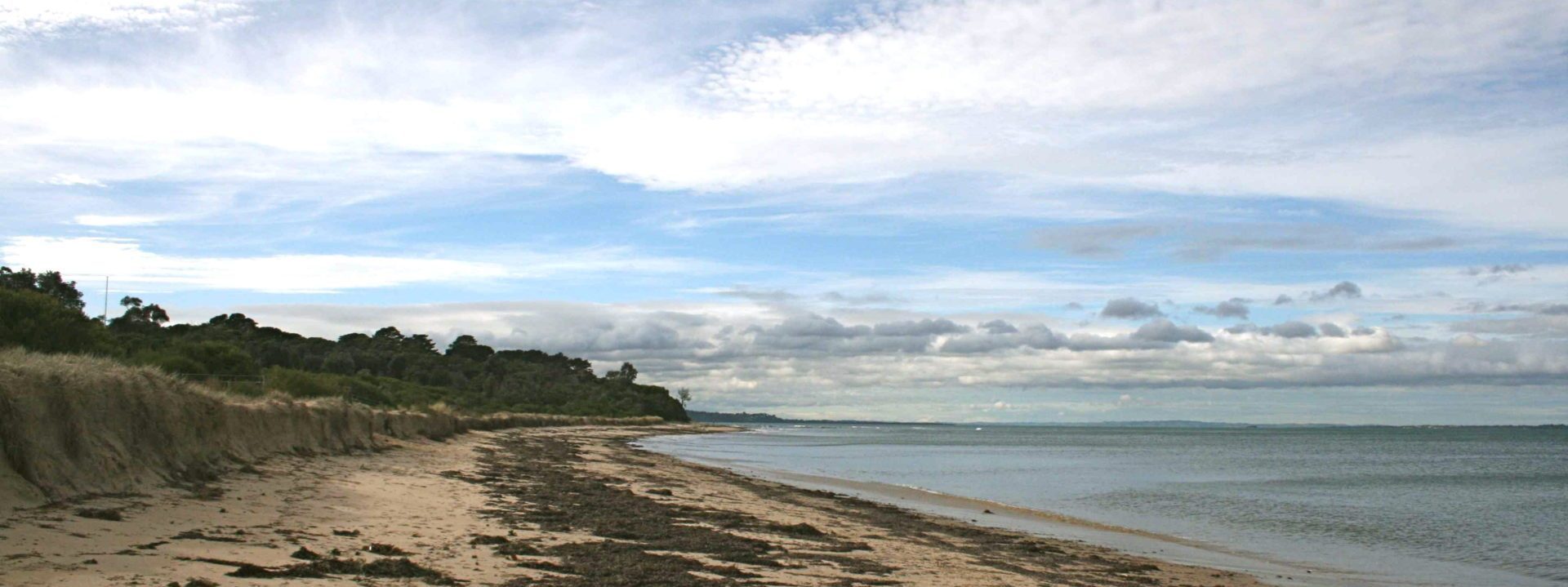
Australian Community Climate and Earth System Simulator (ACCESS)
August 21, 2019
ACCESS is a family of related models, configured for specific applications, to meet operational and research needs from weather forecasting to climate projections.
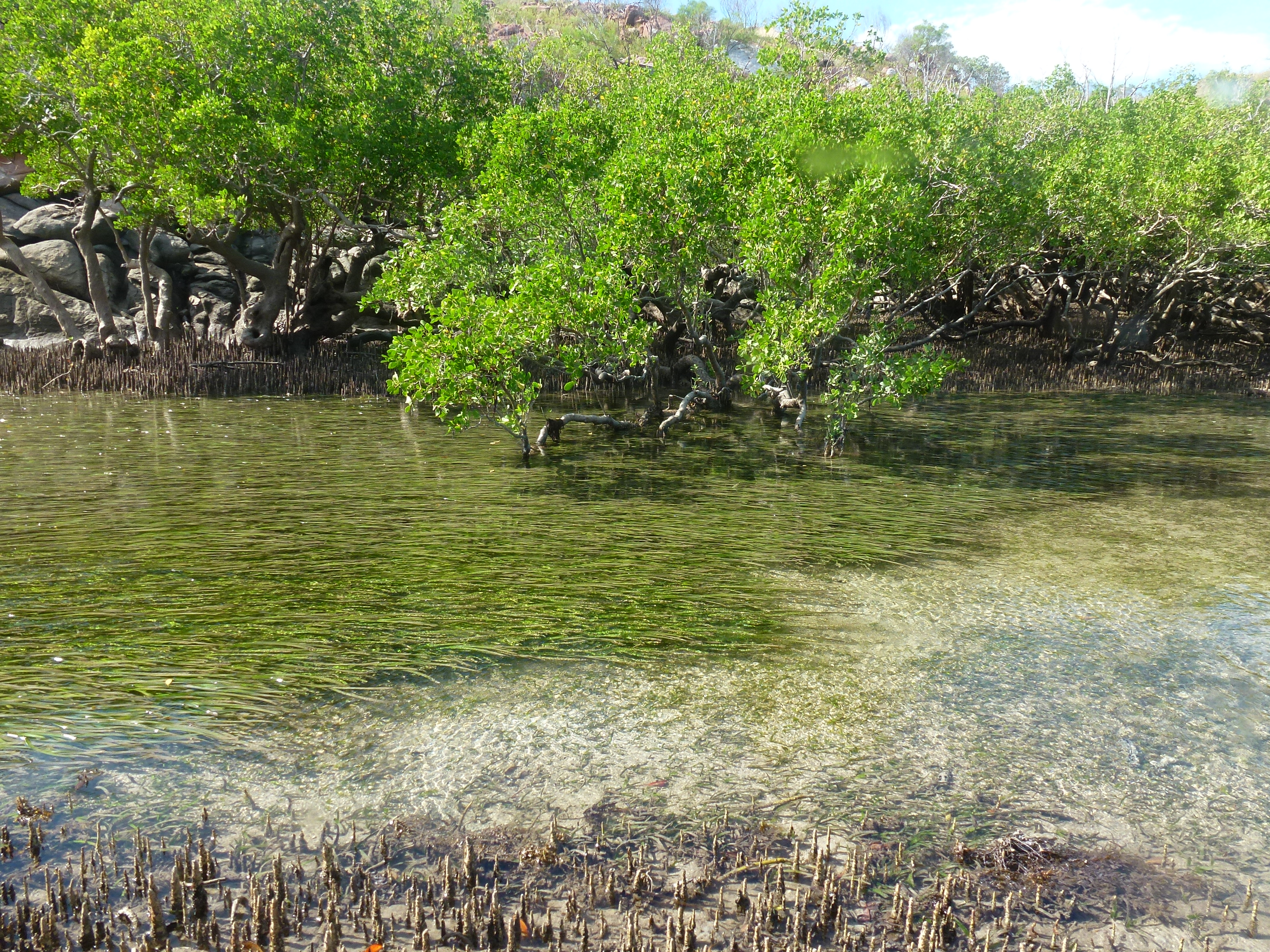
IORA Blue Carbon Hub
August 21, 2019
The Hub aims to build knowledge about and capacity in protecting and restoring blue carbon ecosystems throughout the Indian Ocean, in a way that enhances livelihoods, reduces risks from natural disasters, and helps mitigate climate change.

Norfolk Island Water Resource Assessment
July 24, 2019
CSIRO is providing scientific advice to help the Norfolk Island community make decisions on how to further their water resilience under a changing climate and projected extended dry spells.

Atmospheric Composition and Chemistry Group, CSIRO Climate Science Centre
November 5, 2018
CSIRO’s Atmospheric Composition and Chemistry (ACC) group brings together capability in the observation of trace gases, particulate matter and chemical processes of the atmosphere, and the transport and chemical modelling required to interpret these data.
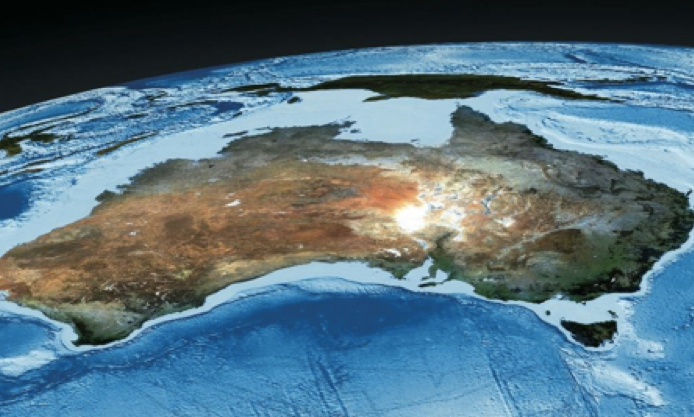
CSIRO Centre for Earth Observation
September 14, 2018
We are monitoring the pulse of Earth by using up to 250 sensors from space.
